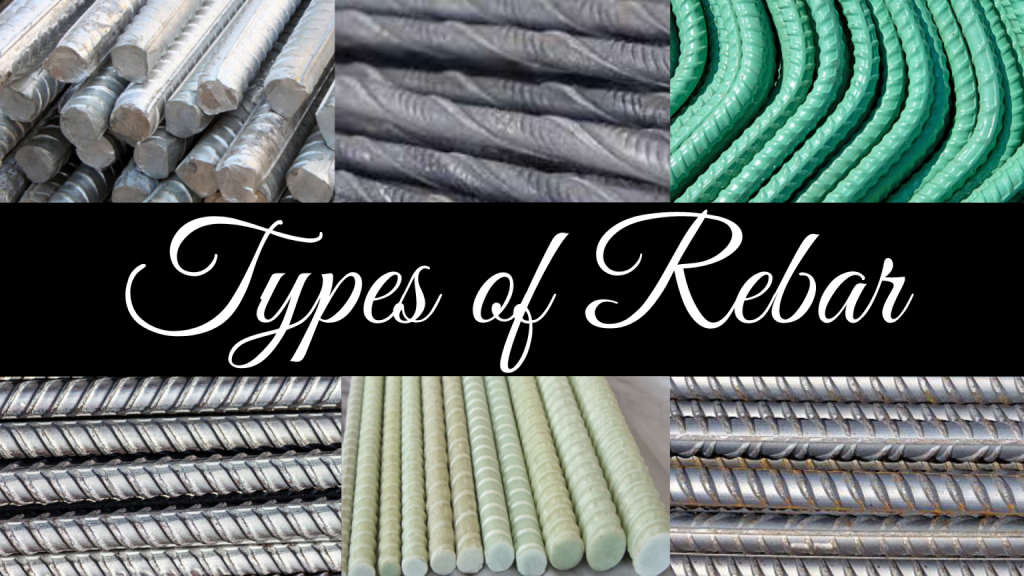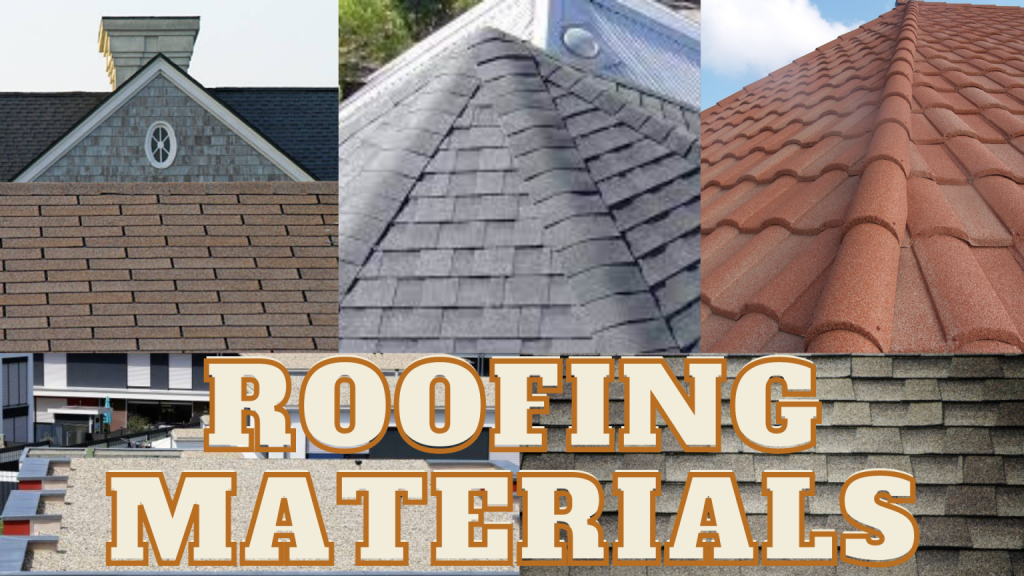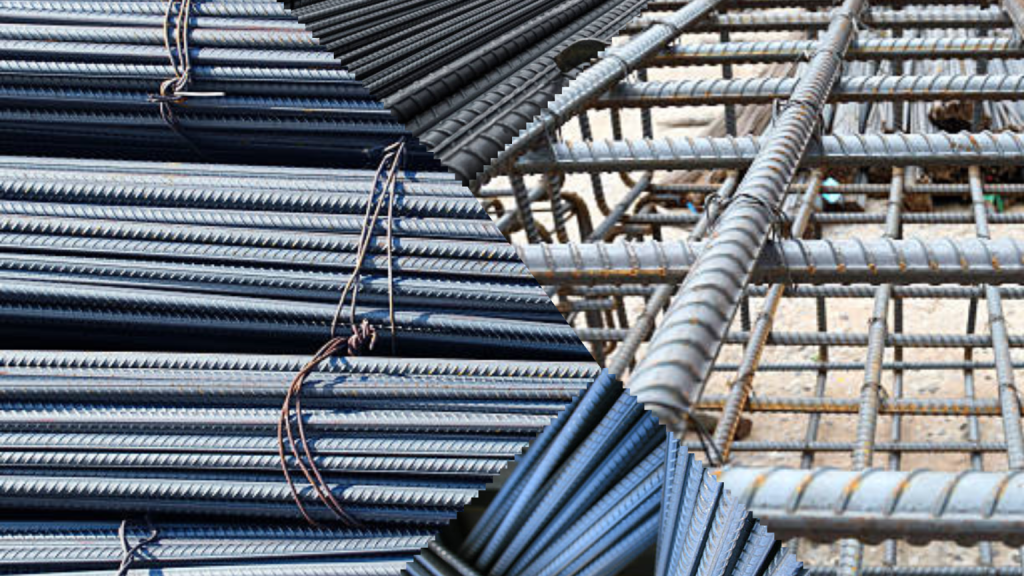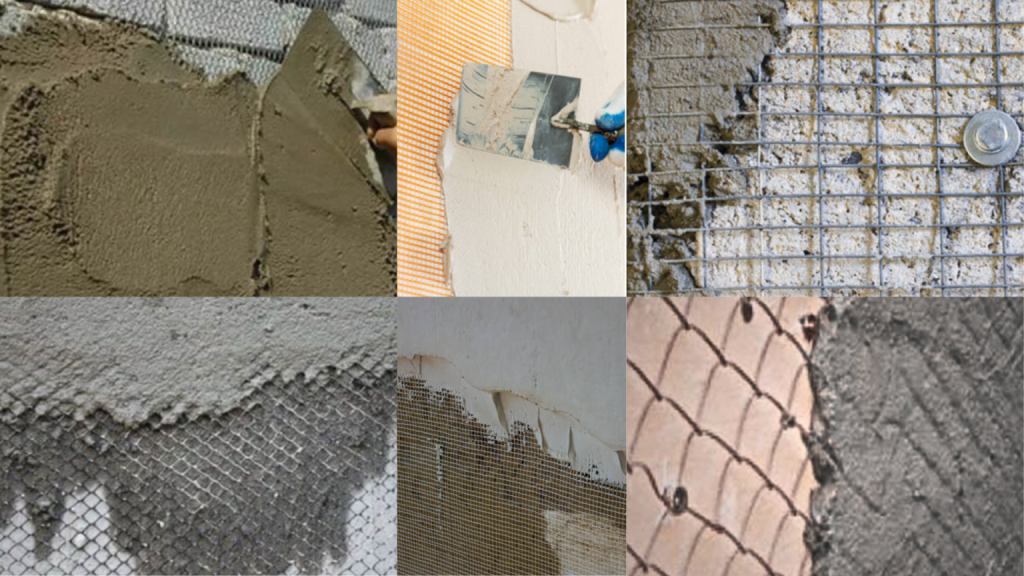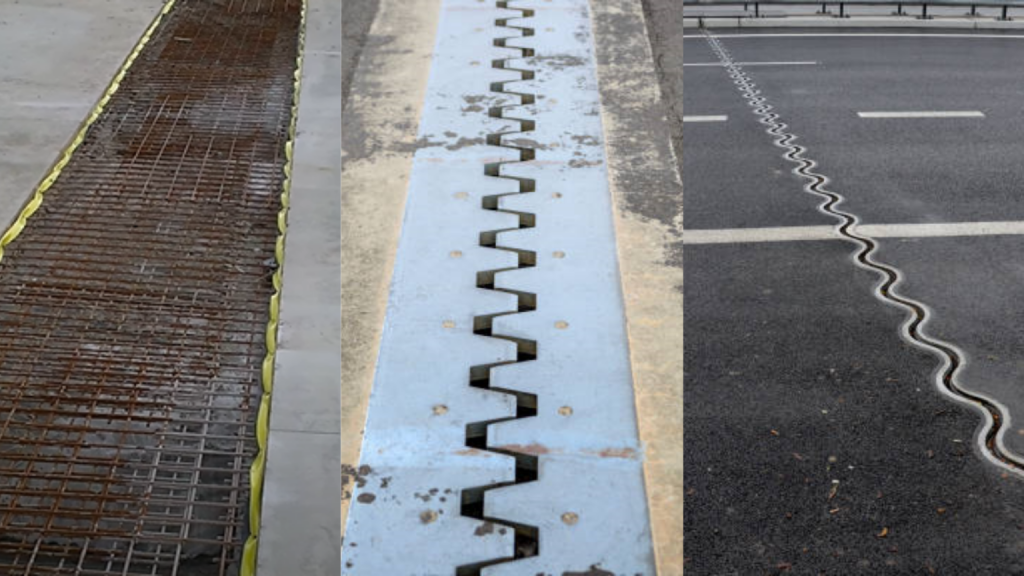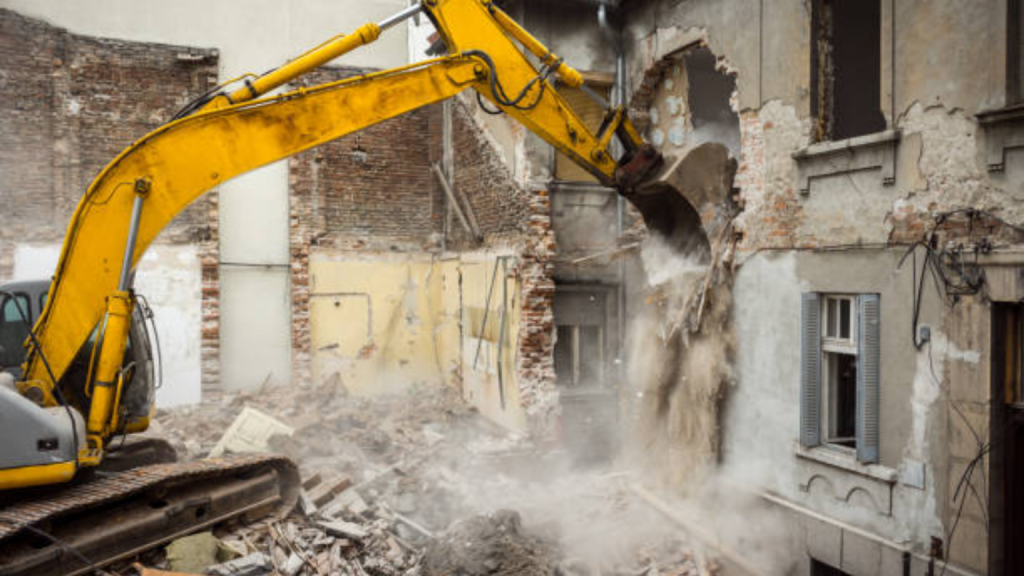Types of Hammers in Construction & Uses
Hammers are essential tools in the construction industry, serving a wide range of purposes from driving nails to breaking and shaping materials. Different types of hammers are designed for specific tasks, ensuring efficiency and precision in various construction projects. In this article, we will delve into the diverse types of hammers commonly employed in construction […]



